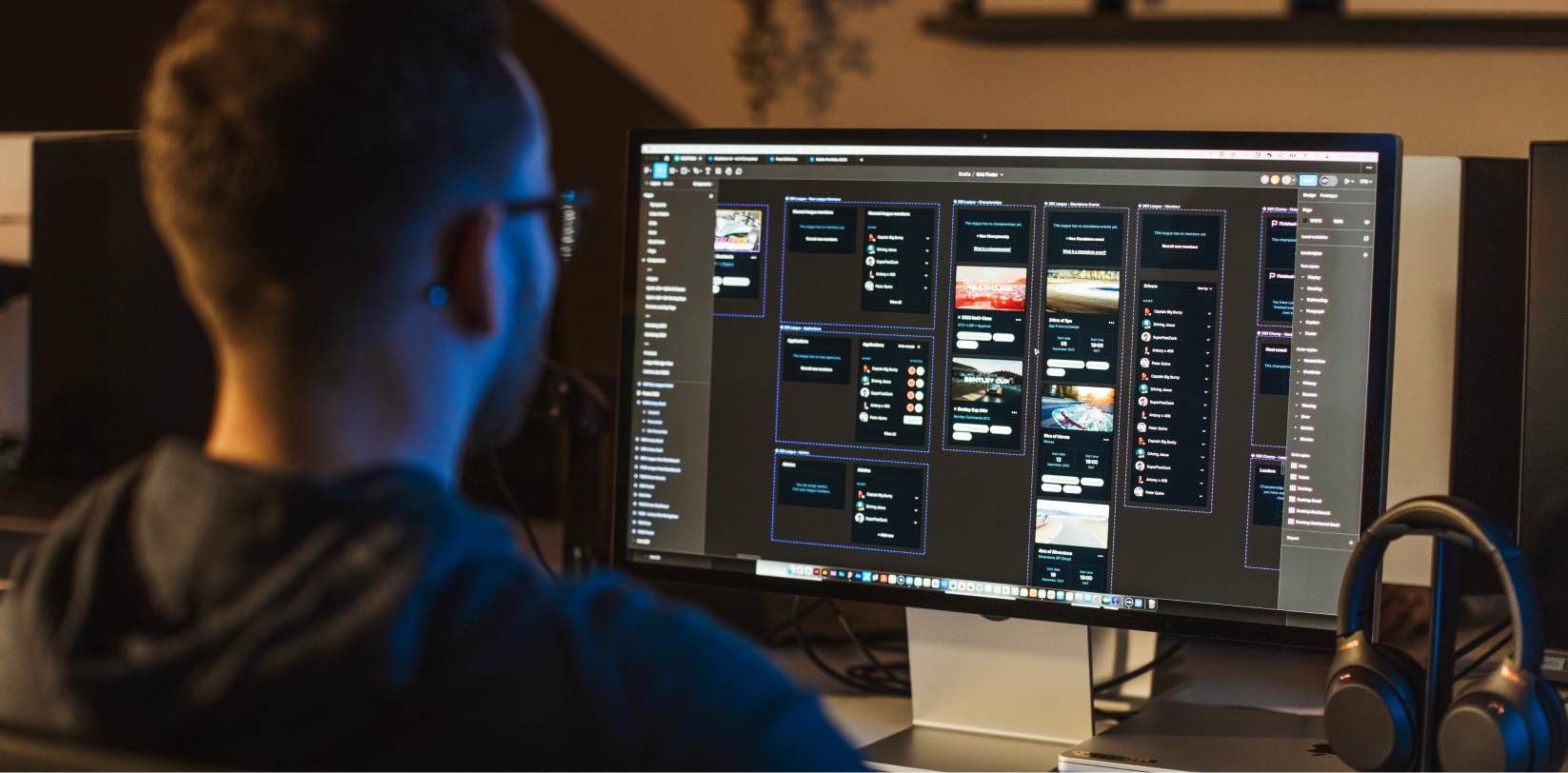Improving your website’s on-page SEO involves optimising your site content so that your site is visible on Google and other search engines. If you get this right, you can attract more people who need your services or product.
We already covered how to improve your technical SEO in this guide, so today we’re covering what you need to do to your website’s content to improve your search engine ranking position.
What is content?
Content is a word that is thrown around in the digital world a lot – for this blog, when we say content, we mean everything that’s text, such as a blog post or web page. Of course, content can also be a product listing, video or something else that appears on your site.
Why is on-page SEO important?
Did you know 77% of people research a brand before engaging with it?
It’s probably not a surprise. Think back to the last time you wanted to buy a product or service, or even look up a film review or the next book you should read.
It’s likely that you grabbed your phone and Googled it, right?
What we’re trying to do is get your business to appear in the search results of your dream customers!
But, this doesn’t happen overnight.
Search engines need to do three things before they rank you in their search results:
- Find your pages.
- Scan your content and identify what it’s about (keywords).
- Add them to an index – a huge database of all the content they’ve found on the web.
There are a few things you must keep in mind when creating content for your website:
Search engines do not see images, design elements, colours or graphics – they only see text and links.
This isn’t to say design, graphics and imagery aren’t important. But what we need to do is optimise your website so that both humans and Google find it relevant and useful.
Start with keyword research to improve your on-page SEO.
Think about what phrases and keywords are your potential buyers going to be tapping into Google and write them down. Put yourself in your customers’ shoes and note down any themes, topics or search queries that come to mind.
You can then use that list to find out how many people are searching for those words and phrases using keyword tools like AHRefs and SEM Rush. Other sites like Answer Socrates and Answer the Public give you examples of what questions people are searching for in your industry. You may uncover a question or topic in your niche that you hadn’t thought about before, which is great for generating content ideas.
Use your keywords to optimise your pages.
Armed with your list of keywords, you can now start to optimise your pages. This doesn’t mean cramming in your keywords as many times as possible – this looks inauthentic to both your customers and search engines. Instead, include them in:
- Meta tags – the title and description of your page/blog/content.
- Post title.
- URL.
- H1 tag.
- In the first 100 words (or paragraph).
- Image file names and ALT tags (remember, search engines can’t see these unless they have text descriptors).
Remember, you should also use variations or synonyms of your keywords as this means your page is seen as more relevant by Google.
Include quality links to improve your on-page SEO.
It might seem counterproductive to include links to other sites in your content, but it helps boost your favour with search engines as it shows the relevance and usefulness of your page.
Include at least two external links – links pointing to other websites – on each blog post.
You should also place internal links to allow search engines to navigate through your site with ease. Again, include at least two.
Good content = good SEO.
Long-form content is always a good shout when improving your on-page SEO. All your blog posts should be at least 300+ words, but longer content means you have more opportunities to add in your keywords and variant keywords.
Consider adding in videos, audio and images too as these level up the page’s quality. Just remember to use ALT tags and descriptions.
Want some help with improving your website’s SEO? Speak with a member of our team today.


